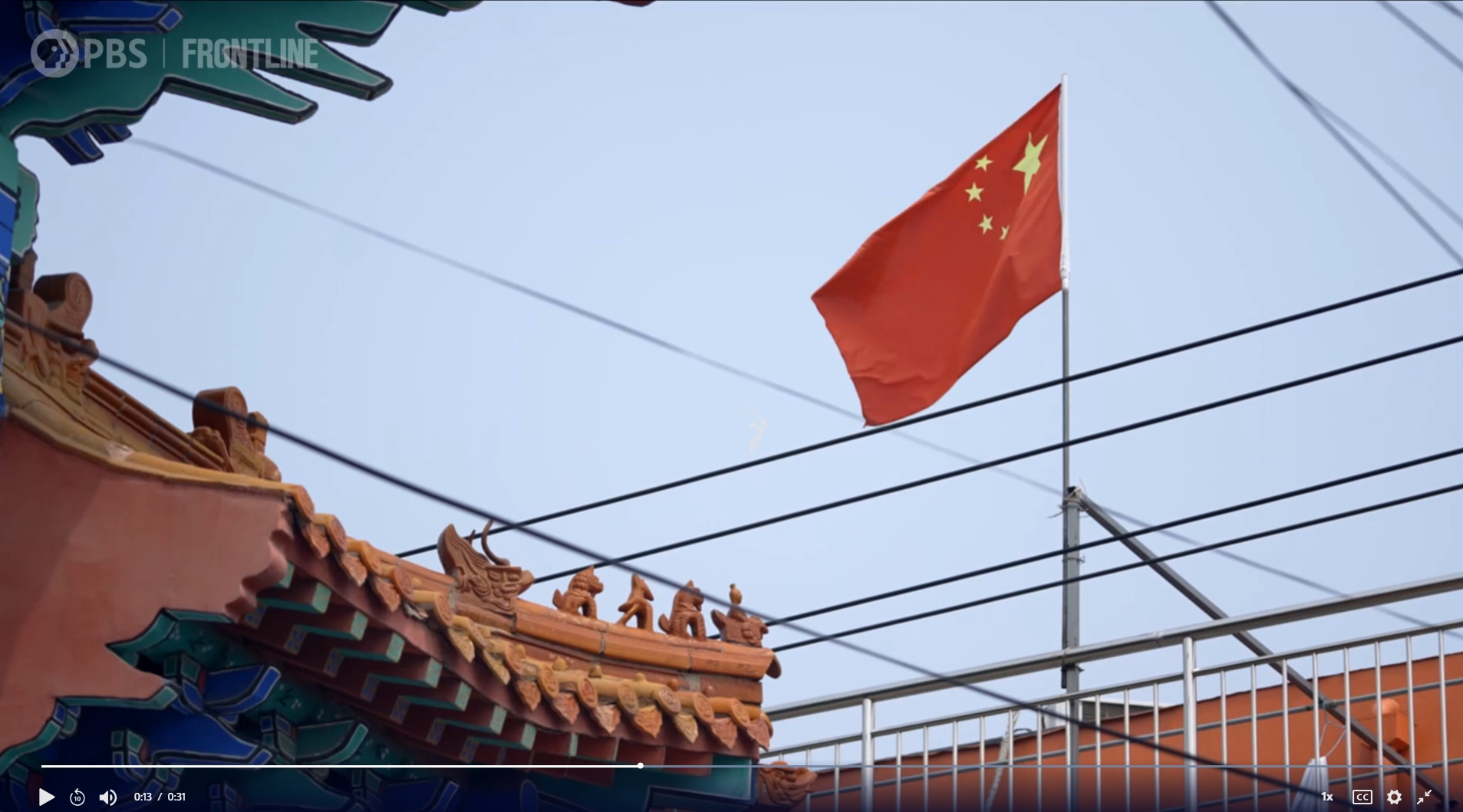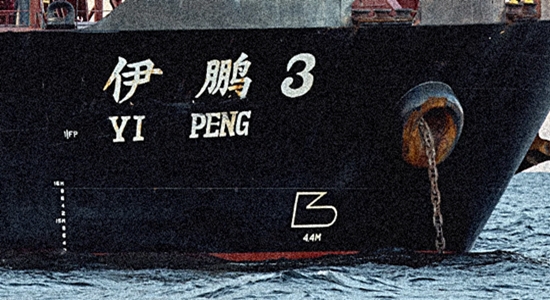
Eric Gomez of the Cato Institute argues that the United States should push Taiwan toward more defense spending, better military recruitment, and to adopt a fully asymmetric strategy to defend against an invasion from the Communist mainland.
The asymmetric strategy would transfer resources away from confronting “China’s needling gray zone actions”.
Gomez writes, “Taiwan’s survival will depend on how well it can fend off an amphibious invasion, and an asymmetric defense strategy is the best option for countering an invasion.”
How would such a strategy work?
An asymmetric defense strategy, also called a “porcupine” strategy, uses large numbers of smaller, less complex capabilities to counter a stronger opponent. For example, instead of building a few large warships to defeat an enemy’s ships, an asymmetric defense strategy would field many land‐based anti‐ship missiles. In the air, a defending country could create a dense network of surface‐to‐air missiles and deploy drones to deny an opponent control of the skies instead of using manned fighter aircraft. Asymmetric capabilities should be easy to spread out, difficult to locate and destroy, and relatively inexpensive so that they can be procured in large quantities. Low cost and ease of construction are particularly valuable characteristics for Taiwan because it would not need to massively increase its defense budget to obtain a large quantity of weapons.
Eric Gomez. “Taiwan’s Urgent Need for Asymmetric Defense”. Cato Institute. November 14, 2023.





